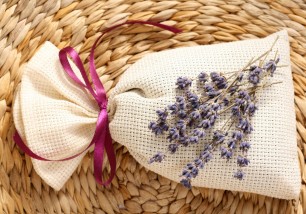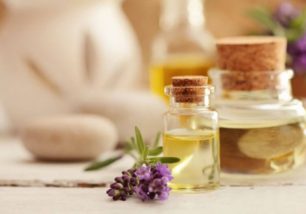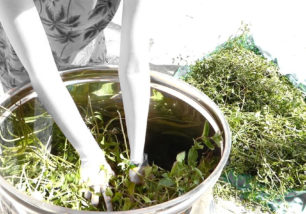THYME
BOTANICAL NAME:Thymus vulgaris L.
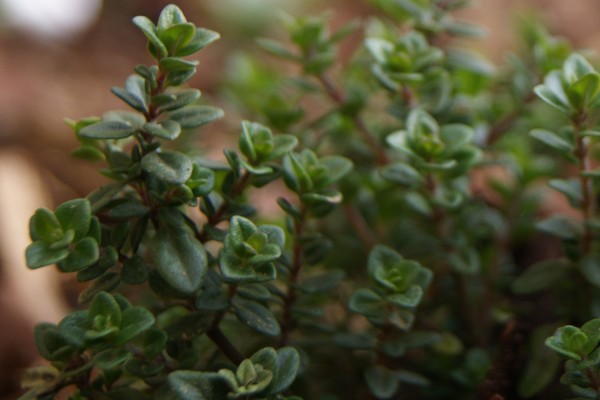
PLANT DATA
| Common Name: | Thyme |
| Botanical Name: | Thymus vulgaris L. |
| Family: | Lamiaceae |
| Origin: | Western mediterranean region |
| Other names: | ES: Tomillo FR: Thyme commun DE: Thymian |
Latest tag
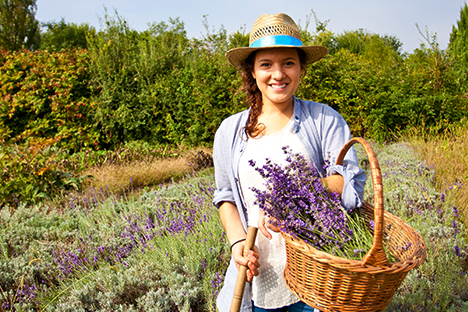

A bushy and branchy shrub with erect or semi-prostrate stems that tend to lignify after a few years. The leaves are opposite, dotted, briefly petiolate, lanceolate, and of a grey-green color. The root system is collated. The flowers are small and tubular with a white or rosy-violet color, grouped together in verticillasters on the axil of the leaves. It flowers between June and September. Its fruit is a tetrachene. The essential oil is present in the plant from the early stages of the plant development. The maximum activity of synthesization and accumulation occurs in the period immediately prior to flowering.
Other species:
Thymus is a highly polymorphic genus. The species that might be of more interest from the commercial point of view are:
- Thymus zygis:
- Thymus serpyllum:
History and curiosity:
The name is derived from an Egyptian plant, tham, that was used for embalming. According to other sources, the name derives from the Greek word thymos which means “to be fragrant”.
HERBAL TEA CUT & POWDER
The plant becomes traditionally dried in branches and the leaves are used as kitchen odors or in infusions.
ESSENTIAL OIL
Thyme’s essential oil is extracted using steam distillation of the leaves and the fresh or partially dried flowering tops. The yield of essential oil of the whole fresh plant is 0,5% - 0,8%.
TINCTURE
The flowery aerial part of the plant is put to macerate in a 70-proof hydro alcoholic solution.
CLIMATE AND SOIL:
It grows well in sunny sites and in environments with mild winters. In hot, arid climates the plant produces a greater quantity of essential oil, but however, the vegetative development is more modest.
It is spontaneous throughout the Mediterranean area up to an altitude of 1500 meters and it prefers calcareous and light soils.
PLANTING AND PROPAGATION:
The planting is carried out preferably in spring, with cuttings or by division of the basal tuft.
Direct sowing is not recommended due to the genetic inhomogeneity of the crop and the poor germination of the seed, as it is small in size.
CROP DURATION:
The duration of the crop is about 3-4 years, then the plant tends to lignify. Despite being a perennial plant, in the coldest climates it behaves as an annual, since it is very sensitive to low temperatures.
CULTIVATION CARE:
Thyme is considered an undemanding plant in terms of fertilization.
In case of colder climates, it is advisable to intervene with the mulching in autumn.
Frequent weeding is necessary during cultivation.
HARVESTING:
If the material is destined for distillation, the harvest should be carried out in full bloom.
If instead you want to get the herbal product, the harvest should take place at the beginning of the flowering, as the material at this vegetative stage is more appreciated by the market.
Normally only one cut per year is carried out, but if the weather conditions are favorable (mild climates, characterized by a certain summer rainfall) it is possible to make a second cut in August-September.
The cut is performed trying to remove as much as possible the basal leaves that are richer in essential oil.
The yield is variable over the years and on average it is around 8-10 t / ha of fresh product.
Thyme reaches its maximum production in the third year of planting.
PARTS OF THE PLANT USED:
Flowers and leaves.
PROPERTIES AND USES:
Used, thanks to its smell and aromatic flavor and the presence of bitter principles, for the properties it manifests. It is used as an appetizer regulator and a digestive stimulant.
Thyme was used as a coadjuvant in the treatment of chronic gastritis.
The essential oil and tannins instead show bactericidal and anti-fermentative actions.
The plant also has antiseptic, tonic and antispasmodic activities, which is why it is strongly recommended as a cooking seasoning, together with other aromatic spices.
Recently, following studies on animals, antioxidant properties have been attributed to thyme.
Important are the reports of the plant on the detoxifying functions of the body, promoting transpiration and diuresis, so it can be effective in the treatment of rheumatic forms, colds, etc.
Thyme has always been used for its antiseptic, expectorant, mucolytic and antitussive properties, therefore it is widely used in the treatment of respiratory diseases.
In vitro tests have highlighted the antibacterial and antifungal properties of the essential oil.
For external use, Thyme is used to cleanse and disinfect small wounds, to strengthen gums in cases of stomatitis, and prevents the formation of cavities. This is why it is often found in toothpaste.
It is often used in balneotherapy in case of rheumatic and muscular pains, as it seems to ease the pain.
In cosmetics it is part of preparations intended for the cleansing of oily and impure skins and also in products intended for foot relief.
It is also fairly melliferous.
